

This place literally concealed itself among fields and low mountains, 650 kilometers to the south of Moscow and 150 kilometers to the south of Voronezh. Tourists often visit it in the summer, taking a detour from a high-speed track leading to the sea.
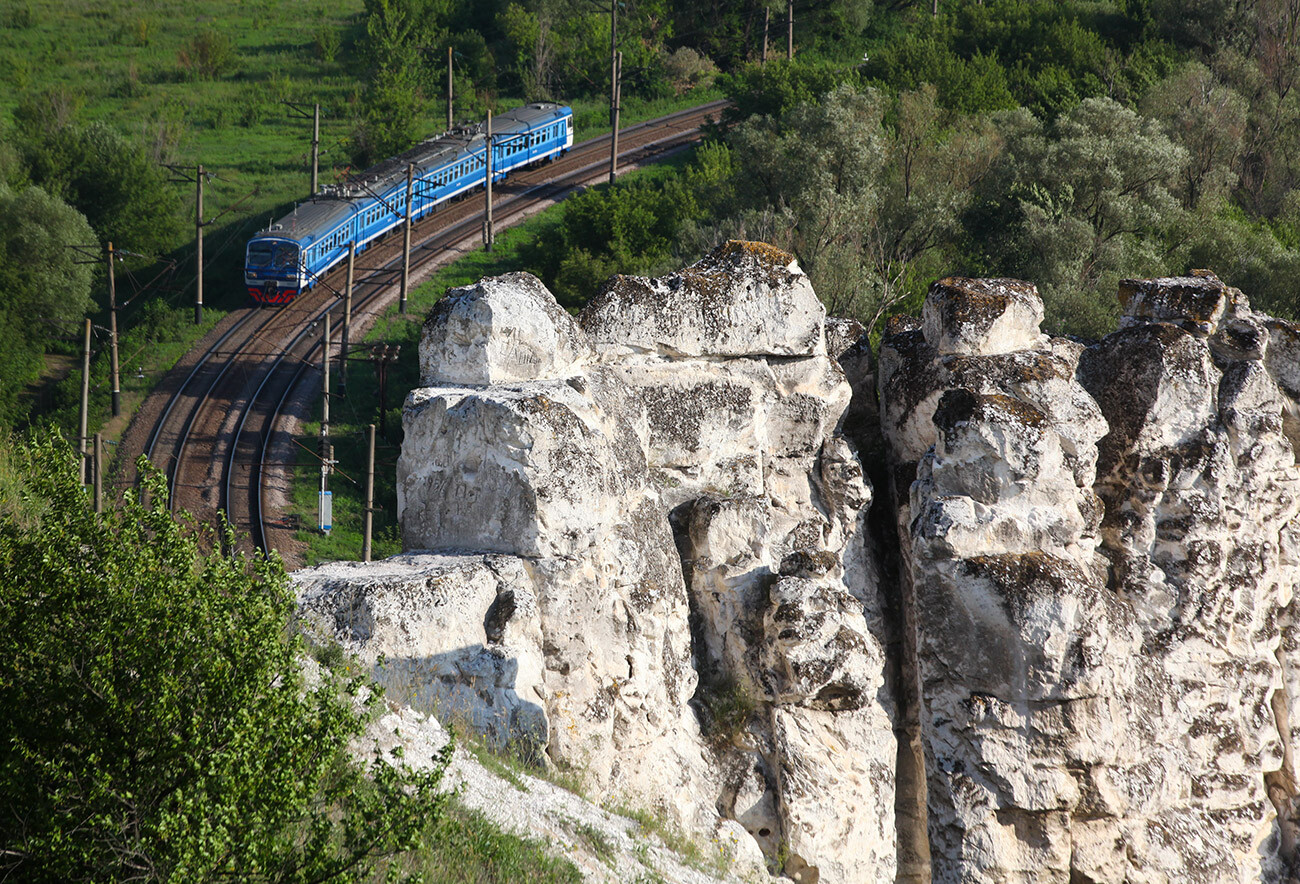
Witnessing it, any traveler immediately understands why it’s called ‘Divnogorye’, literally “divnye gory” (“miraculous mountains”). Locals just call it ‘Divy’.

Divnogorye is famous for its snow-white limestone outcrops and buttes, standing among the Central Russian green landscape. They are located on the bank of the Tikhaya Sosna River, very close to its confluence with the Don River. So, it has both a hilly terrain and a picturesque river valley.
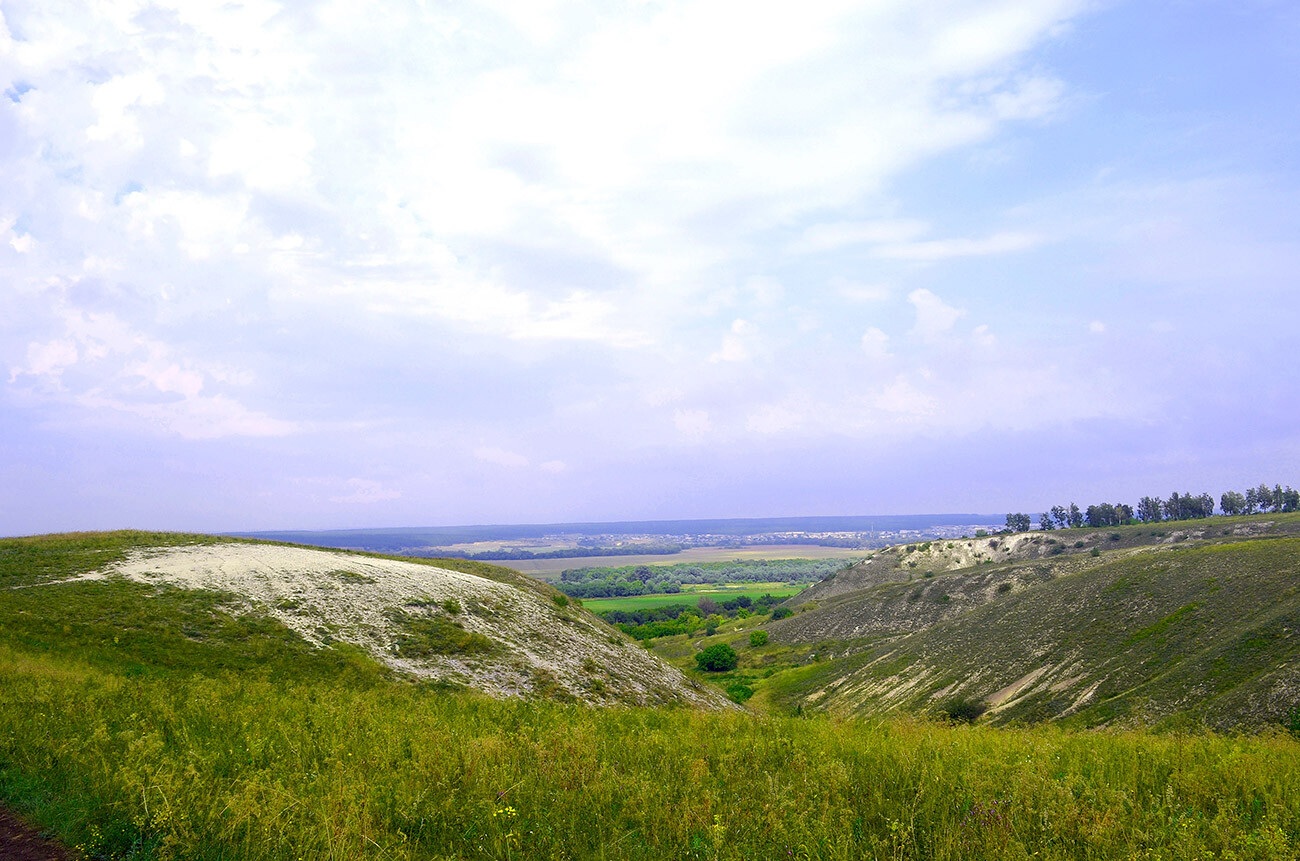
One of the first written references of this place goes back to the end of the 14 century – a monk from the entourage of Pimen, Metropolitan of Moscow, wrote down that he had seen white stone pillars that “divno” (“marvelously, miraculously”) and “krasno” (“beautifully”) stood on the bank of the Tikhaya Sosna River.
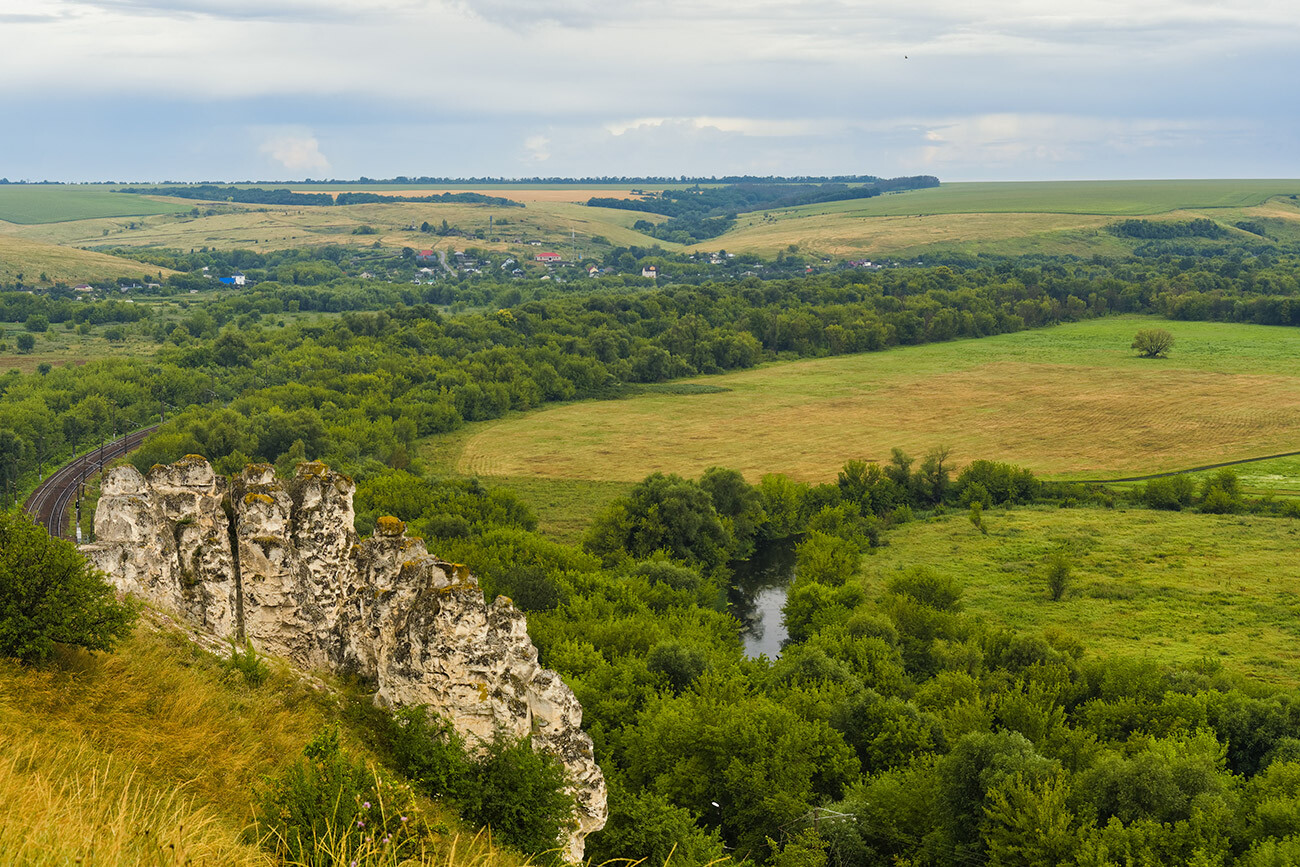
The monastery settled among this beauty of nature. A local legend says that, back in the 12 century, hieromonks and pilgrims Xenophon and Joasaph from Sicily came looking for a refuge in the Russian lands and they arrived there, bringing the miraculous Sicilian Icon of the Mother of God with them. Allegedly, during their lifetime, the first cave church appeared inside of a limestone rock formation.
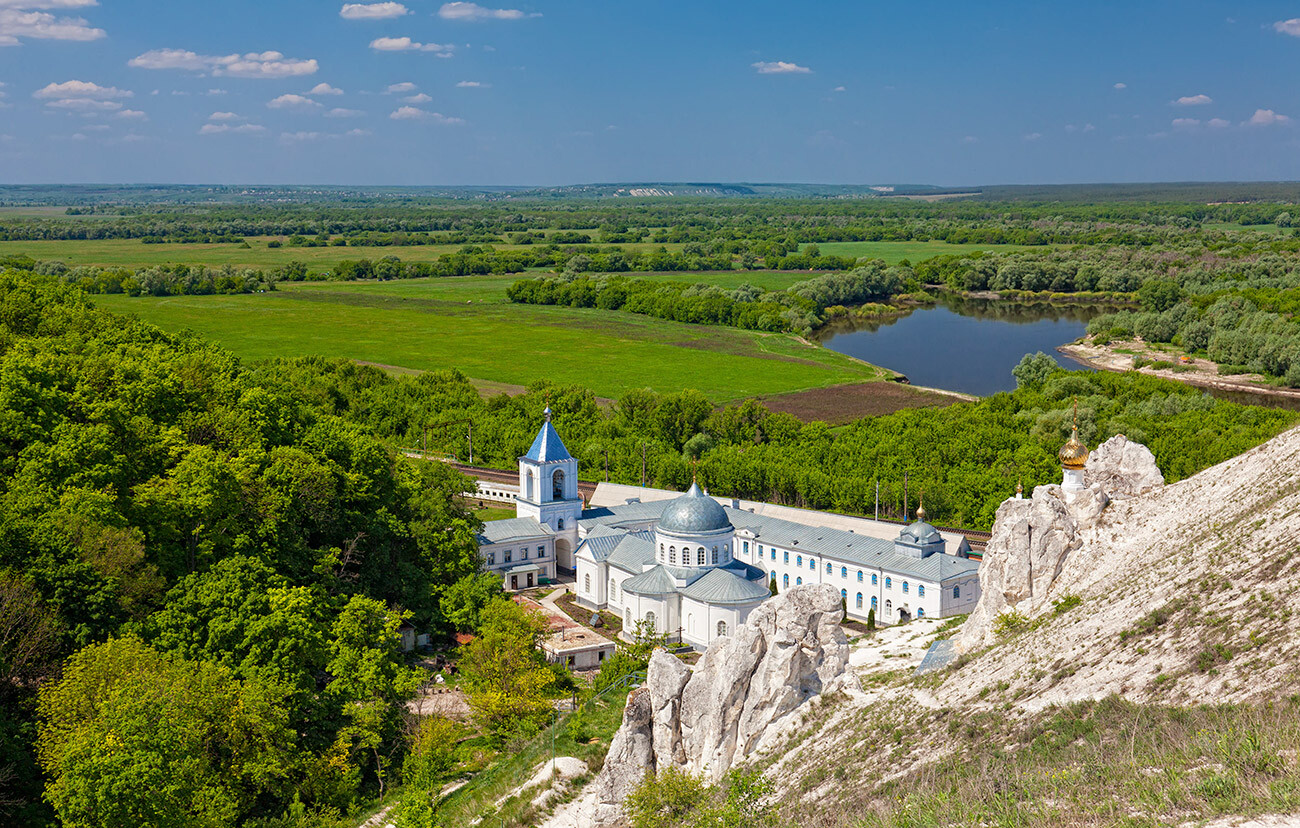
It’s known for certain that the monastery here was founded in 1653. It suffered many raids by Crimean Tatars, since it stands right on the way from Rus’ to the Crimean Khanate. Because of this, the monastery was even protected by a wooden wall, which didn’t survive to the present day.
In the same 17th century, the first cave church, dedicated to St. John the Baptist, was carved into a limestone rock outcrop.
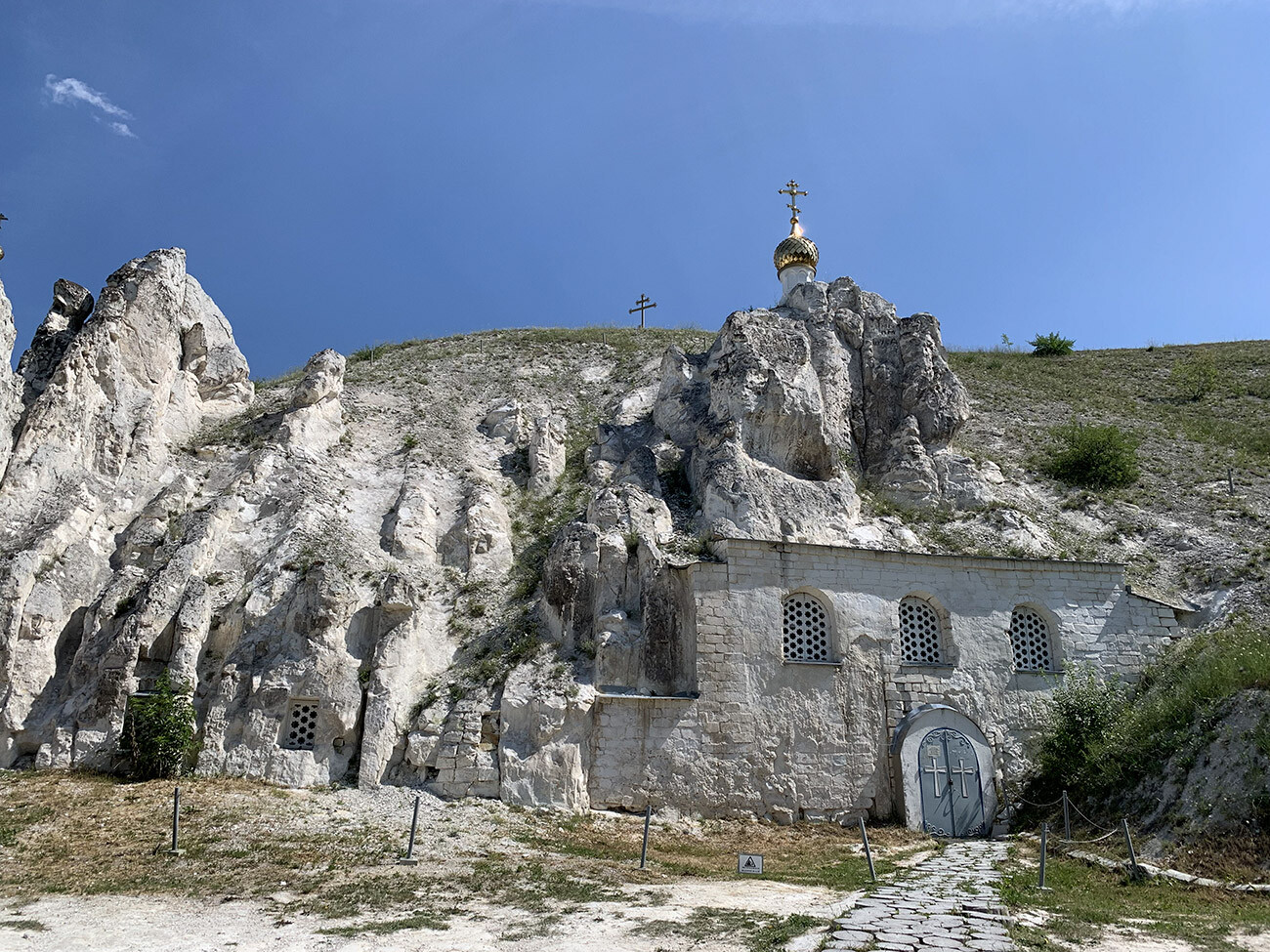
Church of St. John the Baptist
Alexandra GuzevaFrom the times of Peter the Great, many people who traveled south to the Sea of Azov stayed there for the night. Those white pyramid stones left an incredible impression on all those travelers.
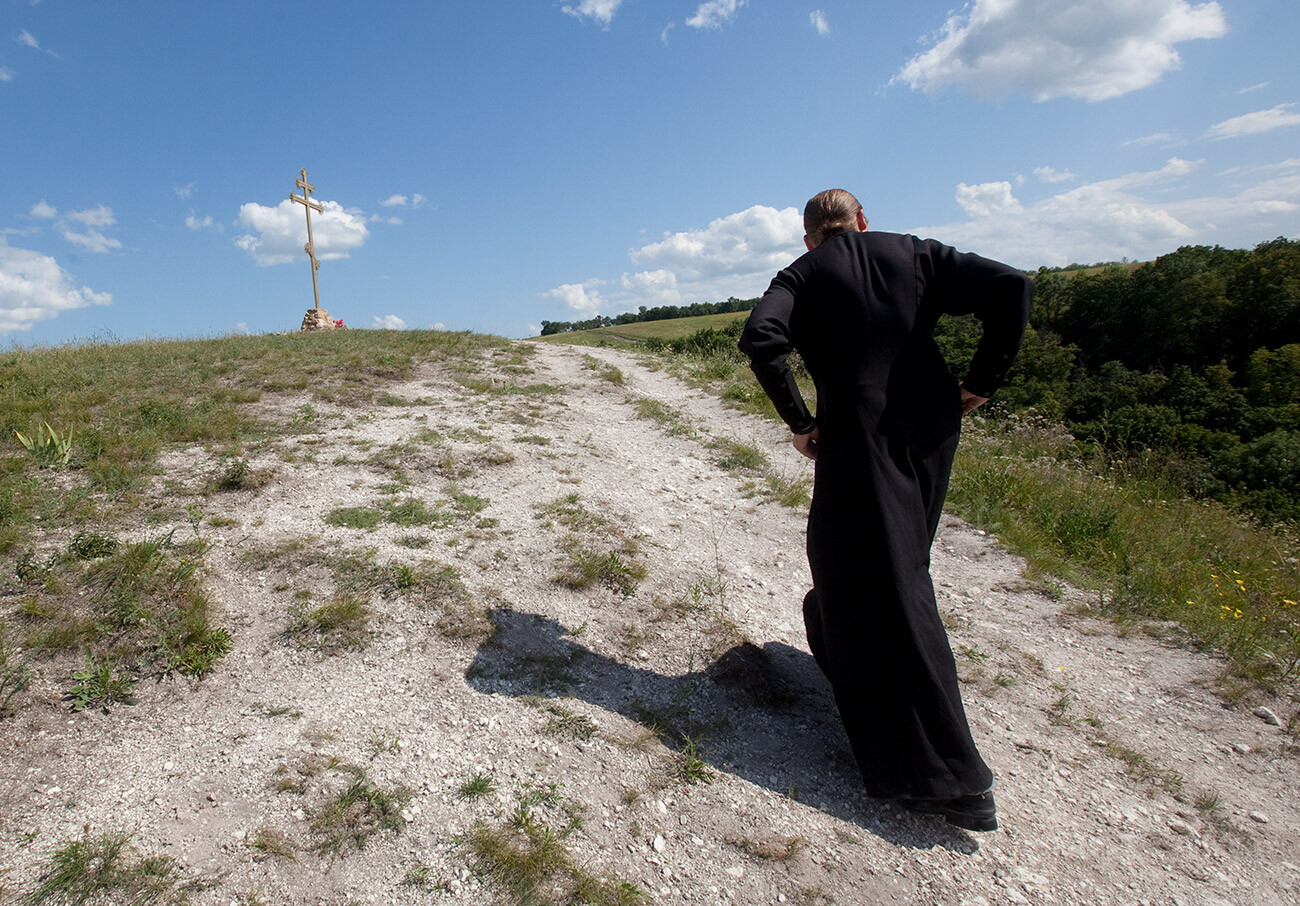
In 1699, the monastery was visited by Peter the Great himself and he even had a fish lunch there, caught by the monks in the nearby river. Under Catherine the Great, the monastery lost its lands and means of subsistence and was closed down.
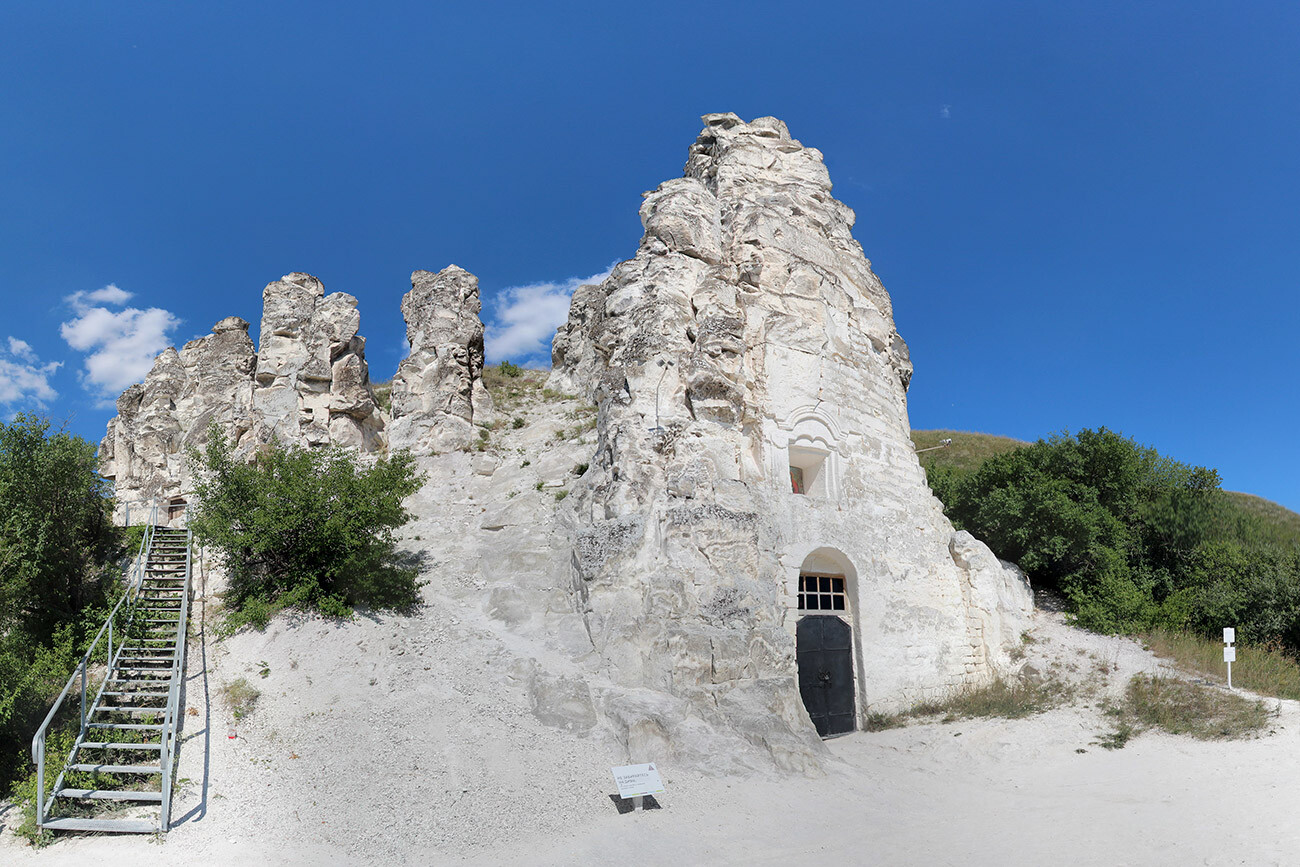
Church of the Sicilian Icon of the Mother of God
Insider (CC BY-SA 4.0)It was only reopened in the 19th century. It became quite a flourishing spiritual center of the Russian South. Legend says that, during a cholera epidemic, the miraculous Sicilian Icon of the Mother of God was found not far away from the monastery (it seems that this is how the legend of the Sicilian monks emerged). The altar of the second cave church was then consecrated in its honor.
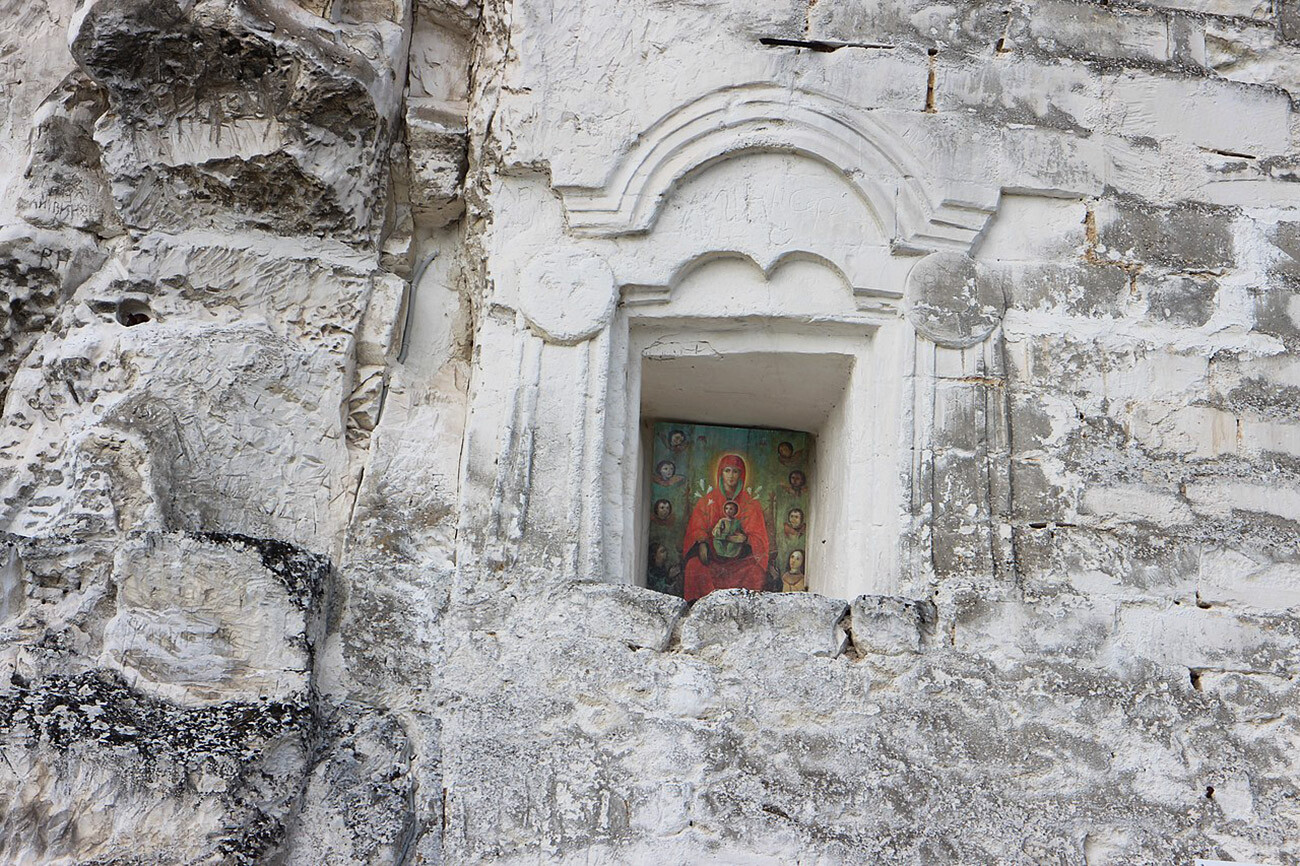
The monks carved out not just a church in limestone rocks, but also a whole cave world – halls, corridors, staircases, monastic cells, even a second floor with a dining hall.
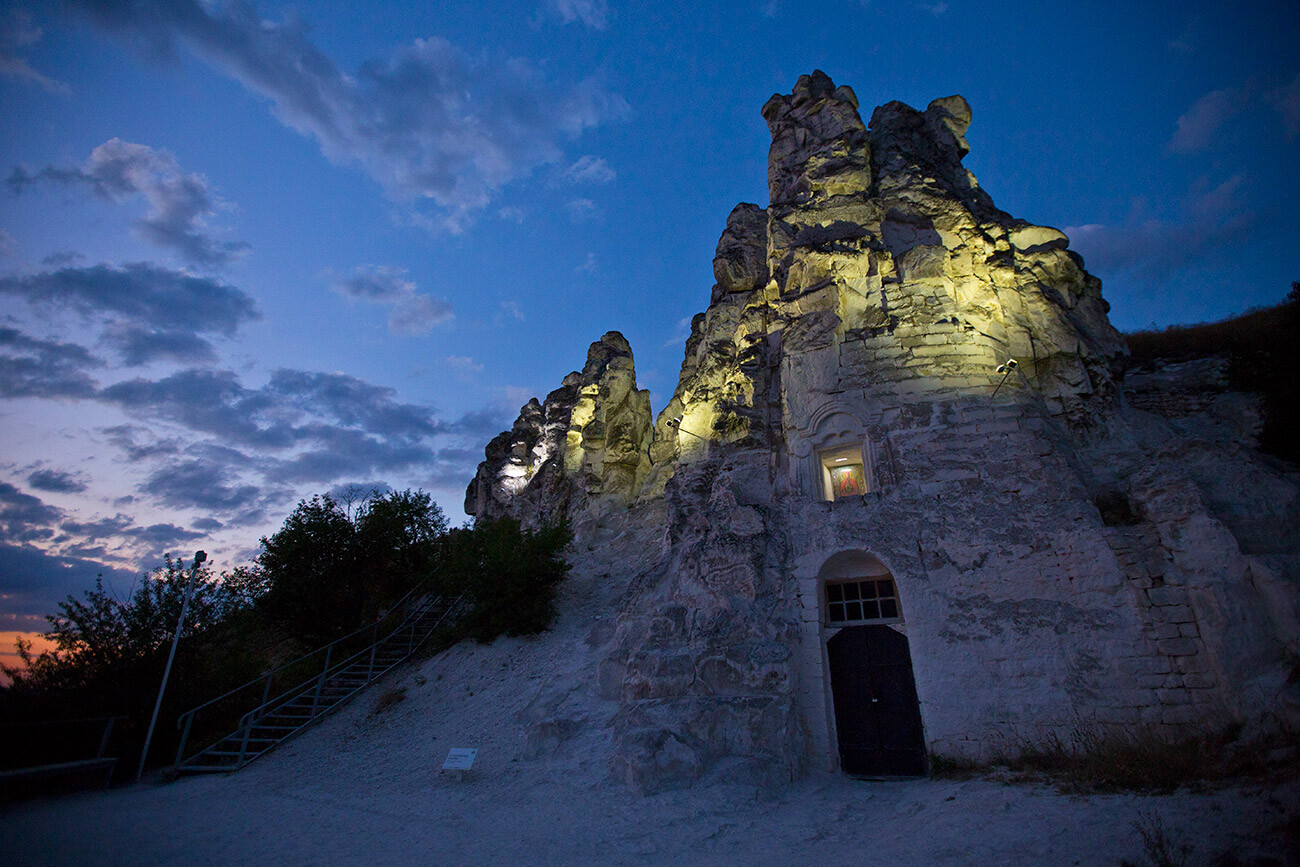
However, the Divnogorye monastery also has a “regular” cathedral called the Assumption of the Blessed Virgin Mary.
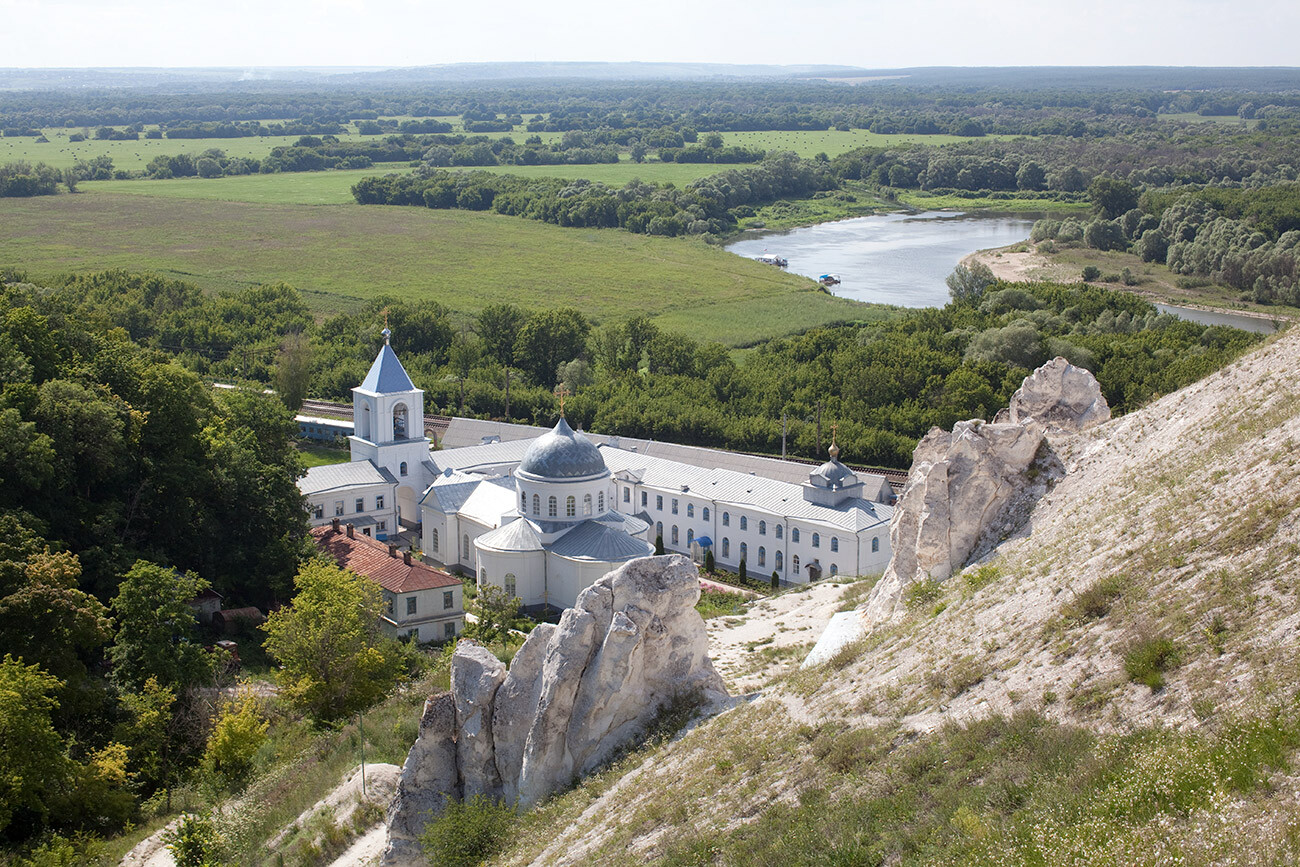
Cathedral of the Assumption of the Blessed Virgin Mary of the Divnogorye monastery
Ilya Pitalev/SputnikDuring Soviet times, the cave churches fell into desolation and, only in the 1990s, were they restored again. Today, services are conducted there in summertime.
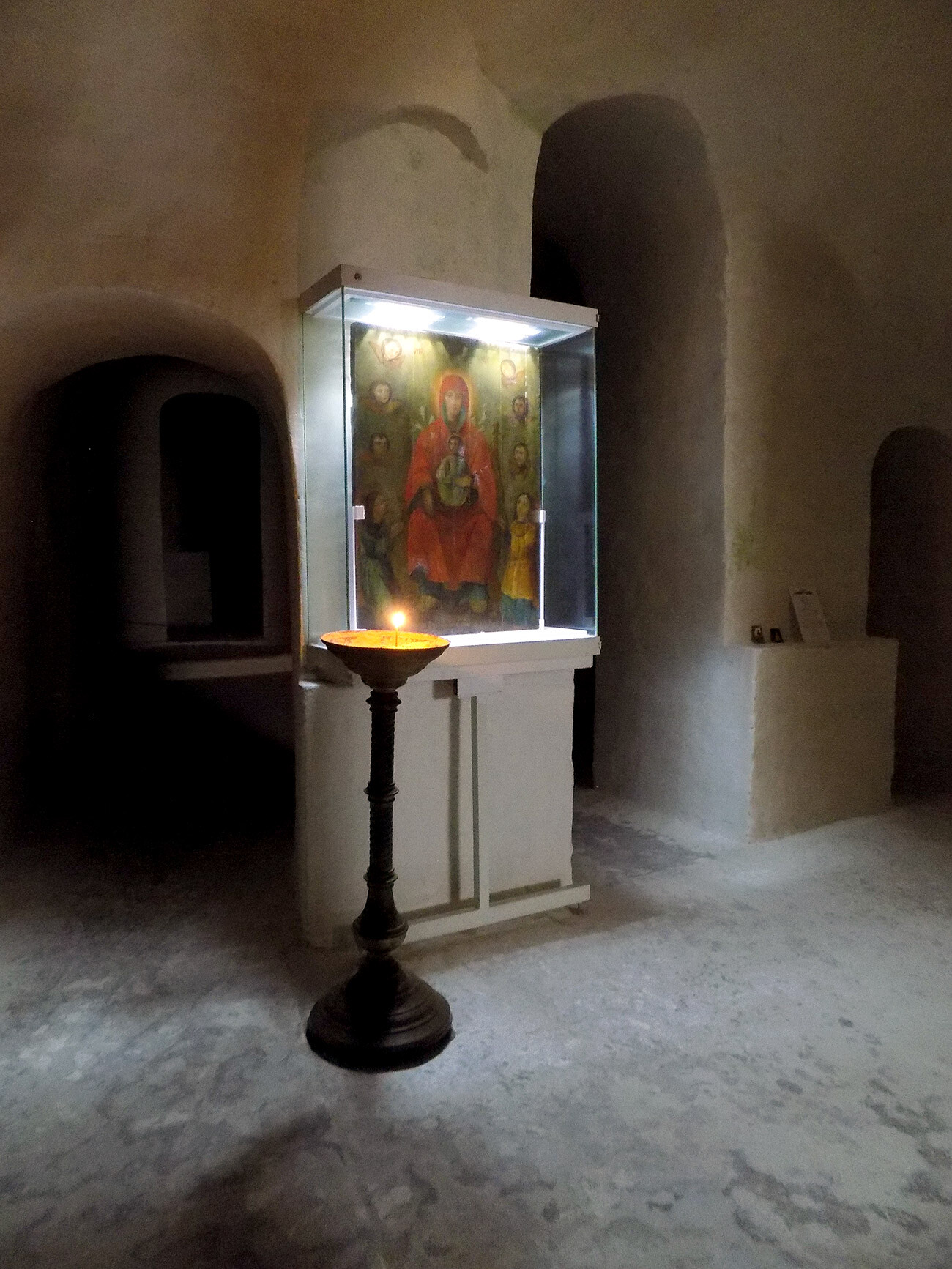
Dear readers,
Our website and social media accounts are under threat of being restricted or banned, due to the current circumstances. So, to keep up with our latest content, simply do the following:
If using any of Russia Beyond's content, partly or in full, always provide an active hyperlink to the original material.
Subscribe
to our newsletter!
Get the week's best stories straight to your inbox